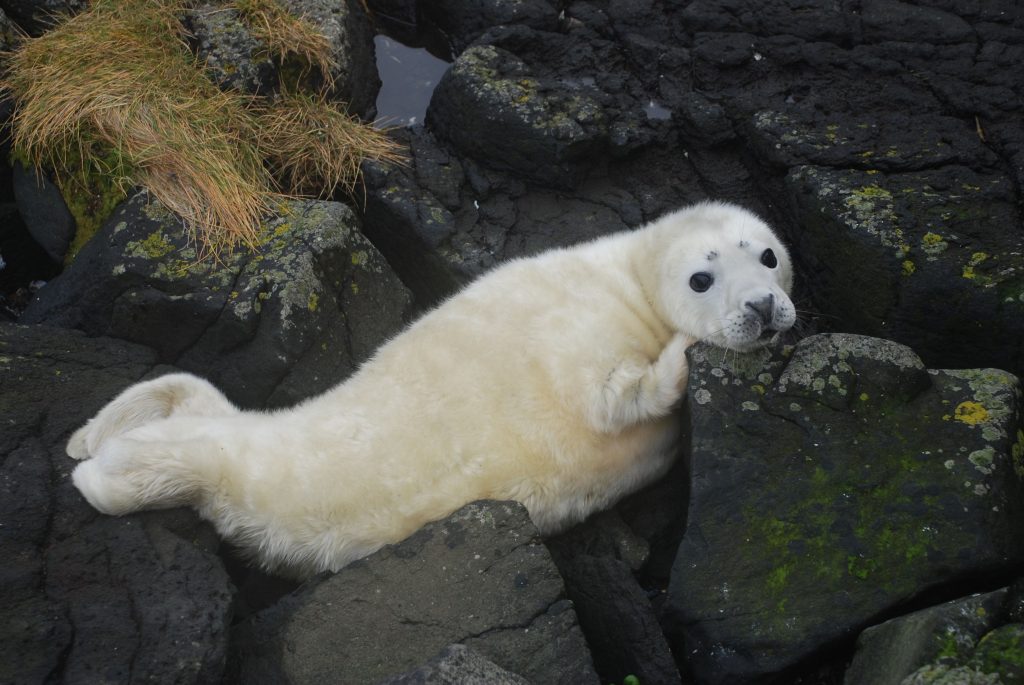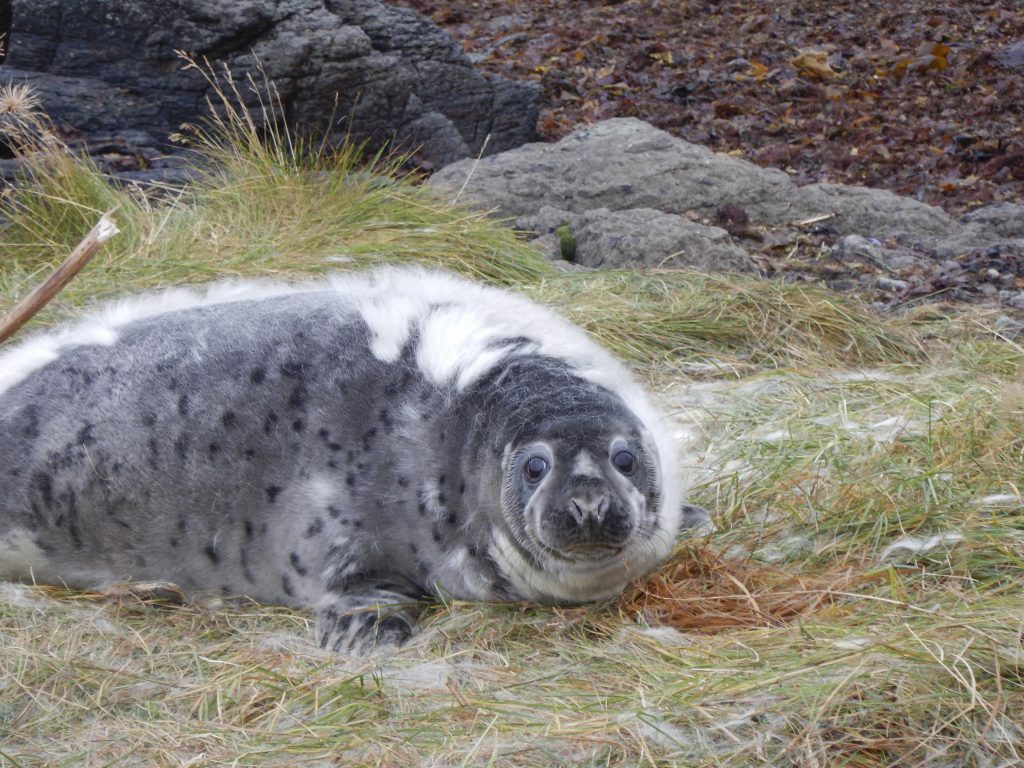
A grey seal census was conducted by The Marine and Freshwater Institute in co-operation with The Icelandic Seal Center. The results from the survey are presented in a report which can be found here.
The Icelandic grey seal population is estimated to be 6300 animals, while the population was estimated at 4200 animals the last time a census was conducted in 2012. The population was approximately 32% smaller than when the first census was conducted in 1982 when the population was roughly 9200 animals. Analysis for the period 2005–2017 revealed no statistically significant trend for the total population size since the current population size is close to the estimated population size of 2008/9 and slightly larger than the estimate of 2005.
In 2017 the population was estimated to be larger than the governmental management objective for the grey seal population of 4100 animals. According to the Icelandic red list for threatened populations, which is based on criteria put forward by IUCN, the grey seal population should at its current level be considered as “Vulnerable”. Based on the last census from 2012, the population was considered as “Endangered”.
The results show that the peak of the pupping period varied from 2 October (Frameyjar in Breiðafjörður) to 24 October (Strandir). Breiðafjörður was the most important pupping area in Iceland, with 58% of the total estimated pup production in 2017. Other important breeding sites were Strandir and Skagafjörður in NW Iceland, as well as Surtsey and Öræfi on the South Coast.
The status of the grey seal population is considerably better than that of the Icelandic harbor seal population, which has declined by 77% from 1980 when censuses commenced, and a decrease of one third was observed between the years 2011 and 2016 when a census was last conducted. The Icelandic harbor seal population is considered as “Critically endangered” according to the Icelandic red list.


